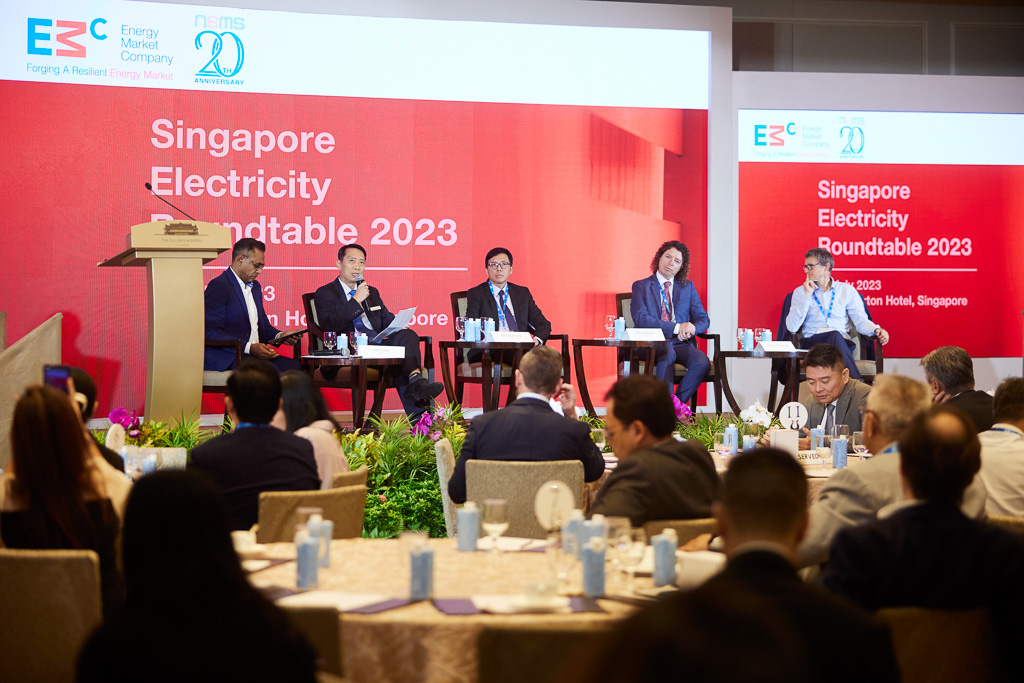
When it comes to tackling decarbonisation, Singapore cannot simply import lessons from other countries. Rather, it needs to develop its own real-world experience in managing novel renewable energy sources such as hydrogen, even if such experience comes at a high cost.
Speaking at a panel discussion on building a competitive and robust energy market, Mr Toh Wee Khiang, Director of the National Energy Transformation Office at the Energy Market Authority (EMA) of Singapore, added that increasing electrification in sectors like agritech and transport means demand for electricity is set to grow.
But when it comes to renewables, Singapore is at a unique disadvantage due to its low wind and tide speeds, as well as scarcity of land.
“People have rightfully asked why (EMA) is betting on hydrogen, which is very expensive today,” remarked Mr Toh, who was speaking at a Singapore Electricity Roundtable panel moderated by Mr Henry Gan, Senior Vice President of Market Operations at the Energy Market Company. “The short answer is we don’t really have a choice.”
With hydrogen expected to become commercially viable in the next few decades, the time to start preparing for it is now, he added.
Diversification is key
Beyond hydrogen, Singapore is also exploring other renewable energy sources. Geothermal energy was identified as a potential source that can help cut the nation’s emissions in the EMA’s Energy 2050 Committee Report, released in 2022.
The principle is clear: Singapore does not intend to put all its energy eggs in one basket. This involves not only searching for new and viable energy sources, but also reinventing old ones.
Mr Toh noted that more solar panels can be deployed on rooftops, for starters. To allay aesthetic concerns, beautified panels can also be deployed in visible areas such as the sides of buildings. This has already been done at the National University of Singapore’s Baba House, a three-storey townhouse located in Blair Plain.
Over time, the return on investment of such installations will improve. Newly installed solar panels in Australia, for example, are more efficient than older models due to improvements in technology. Replacement cycles will increase capacity in the future, observed panellist Mr Ben Vanderwaal, Oceania Renewables Energy Leader at Ernst & Young.
Stay adaptable and flexible
Amid a landscape of imperfect information and nascent technologies, having the right approach to decision-making is critical, panellists concurred.
“Every time you get to a decision point, you have to be able to take the decision at that point instead of trying to plan everything through,” said Mr Stephen Woodhouse, Director of AFRY Management Consulting. To manage uncertainty, degrees of freedom must be factored into master plans to allow for regulatory flexibility, he added.
From a financial perspective, this is also true. “Managing the dynamic changes that we don’t even know about yet will require dynamic changes in market rules and regulations over time,” said Mr Vanderwaal. “A lot of work can be done to create new types of financial instruments that can be traded between various market participants.”